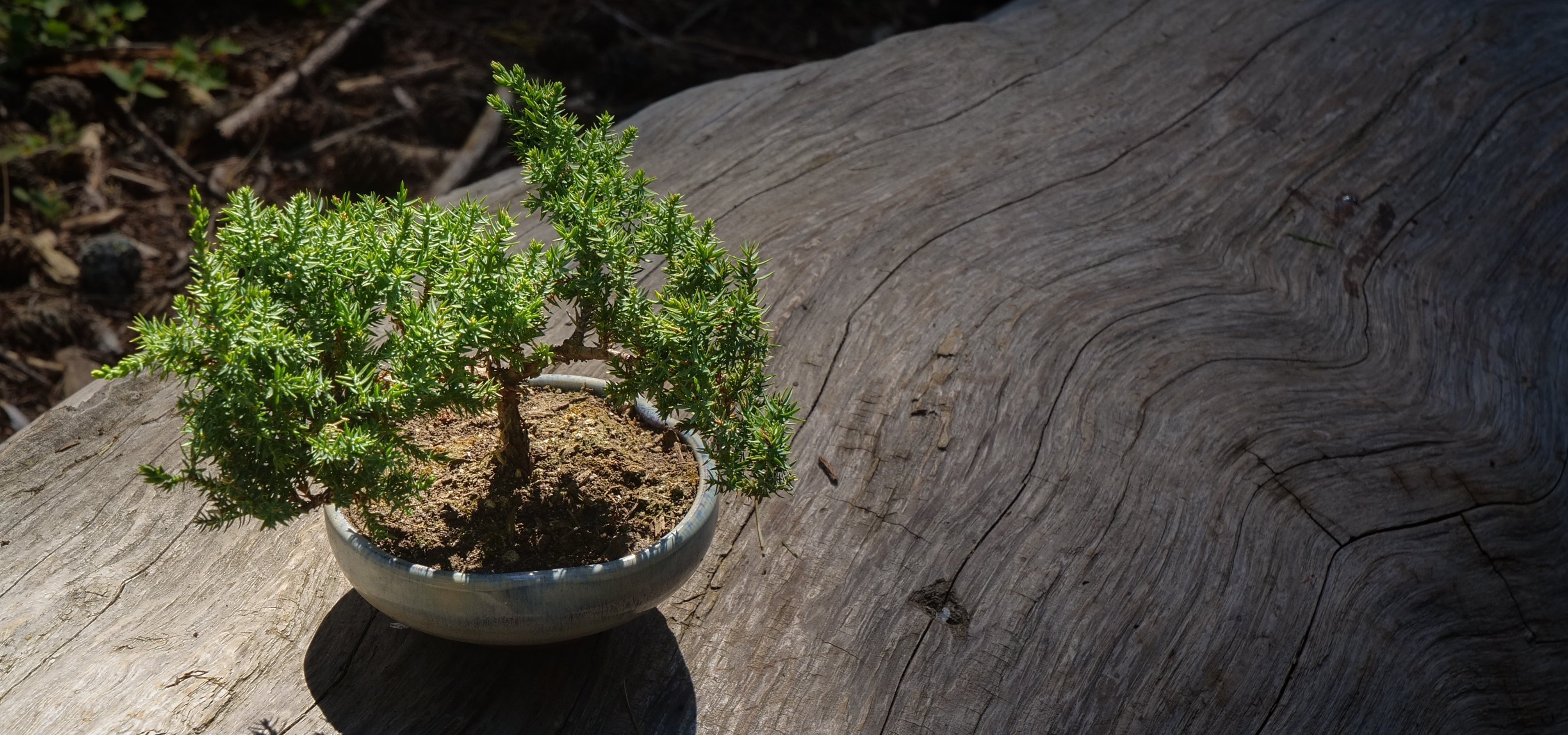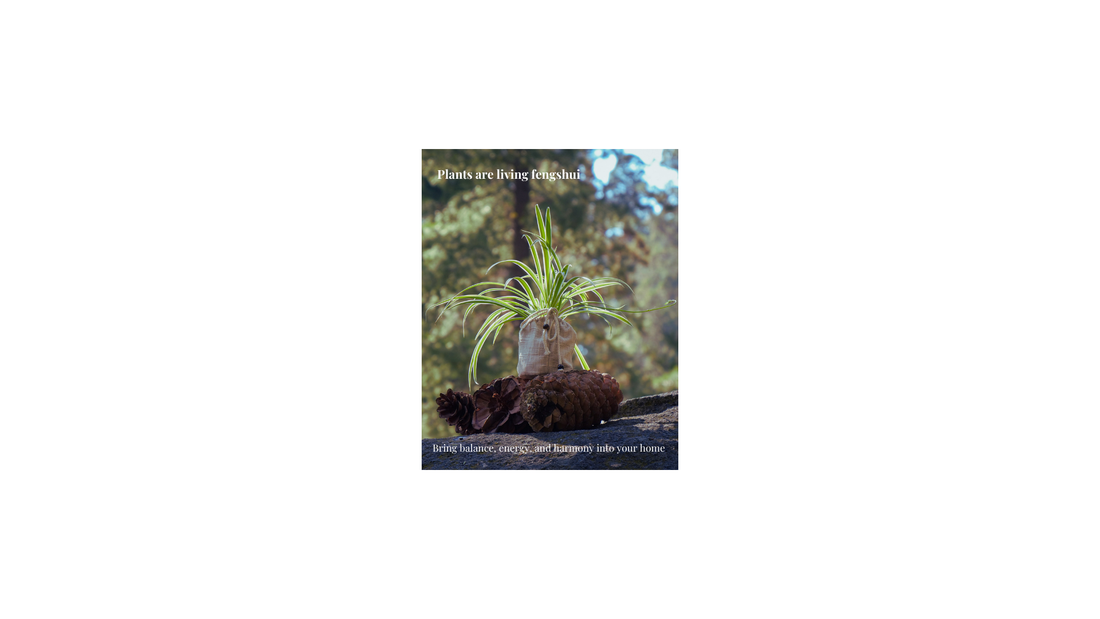Yes, Plants Have Energy — And They Shape Our Wellness
Across cultures and centuries, people have looked at plants as more than greenery. From sacred herbs used in ceremony to the trees worshipped for wisdom and strength, plants have long been seen as companions with their own spirit. Today, science echoes what traditions have always known: surrounding ourselves with plants can ease stress, uplift mood, and restore balance. In this blog, we explore how spirit plants connect with human energy and support our wellness journey.
Energy & Wellness Blog
Feng Shui Plants: A Complete Guide to Energy, Placement, and Wellness
Discover how feng shui plants can transform your home into a space of balance, vitality, and prosperity. From Money Trees to Blue Star Ferns, learn the best feng shui indoor plants for your front door, bedroom, office, bathroom, and living room. Explore placement tips using the Bagua map and five elements, and see how Nature Whisper’s Energy Types system — developed with feng shui experts — helps you choose plants that align with your personal energy. Create harmony, attract positive chi, and bring wellness into every corner of your home.
Learn moreFinding Your Spirit Plant: A Journey of Resonance
The idea of a “spirit plant” is not new. Across the world and throughout history, humans have seen certain plants as more than décor or food. They are companions, teachers, and carriers of energy. From ritual herbs to sacred trees, the belief that plants mirror and influence human life is woven into countless traditions. This article explores those cultural perspectives and considers what the concept of a spirit plant means today. 1. Mesoamerican Sacredness: Cacao as the Heart-Opener In Mesoamerica, the cacao plant was revered as a divine gift. For the Mayans and Aztecs, cacao was currency, medicine, and a sacred connector. Drinking cacao in ceremony was believed to open the heart, sharpen the mind, and create communion between humans and the divine. Far from a sweet indulgence, cacao was the “food of the gods,” a spiritual ally for joy and ritual. 2. Indigenous North America: The Four Sacred Medicines Many Indigenous nations in North America honor the Four Sacred Medicines—tobacco, sage, cedar, and sweetgrass. Each carries its own spirit and role: Tobacco: considered the first gift from the Creator, offered to activate prayers and connect with spirit. Sage: used for cleansing negative energies. Cedar: for protection and purification. Sweetgrass: for calling in positive energies and reminding people of kindness. These plants are not casual wellness props. They are living presences, deeply integrated into ceremony and cultural identity. Respect and reciprocity are essential in their use. 3. South & Southeast Asia: Tulsi, Bodhi, and Sacred Tradition In India, Tulsi (holy basil) is often planted at the entrance of homes. It is worshipped as an earthly manifestation of the goddess Lakshmi, believed to protect families and purify energy. In Ayurveda, Tulsi is called “the incomparable one,” prized both as medicine and spiritual guide. In Buddhism, the Bodhi tree—under which the Buddha attained enlightenment—symbolizes awakening and the path to higher consciousness. Its presence in temples across Asia continues to represent wisdom and connection. Meanwhile, plants like bamboo, pine, and plum have been cultural symbols of resilience and dignity throughout East Asia. Their imagery is used in poetry, art, and daily life to inspire human character. 4. Europe & Middle East: Olive, Laurel, and Sacred Trees In Greece, the olive tree was sacred to Athena, symbolizing peace, prosperity, and divine favor. The laurel wreath, woven from bay leaves, crowned poets and victors, embodying honor and triumph. For the Celts, trees like oak and yew were portals between worlds, forming the backbone of rituals that tied human identity to seasonal cycles. In Islamic and Sufi traditions, plants such as the olive and palm appear frequently in scripture and poetry, symbolizing divine light, sustenance, and endurance. 5. Contemporary Wellness: Plant Energetics in Modern Life Today, the language of “spirit plants” often appears in wellness and lifestyle spaces. While no longer tied to ritual obligations, the idea is the same: plants carry energetic qualities. Grounding plants: snake plant, cedar, oak. Uplifting plants: cacao, sunflowers, citrus. Transformative plants: orchids, calatheas, lotus. Scientific research now confirms that interaction with plants reduces stress, balances mood, and sharpens focus. Seeing green fractal patterns in leaves has been shown to calm the nervous system. In a sense, science is beginning to echo what cultures have long intuited: plants influence human energy, both emotionally and physiologically. 6. Why Spirit Plant Traditions Endure From cacao ceremonies in the Andes to tulsi worship in India, humans have always sought kinship with plants. A spirit plant is less about possession and more about resonance—about noticing which plant reflects your essence or supports your growth. The endurance of this idea across cultures suggests a universal truth: humans are not separate from plants. They shape our environments, our moods, and our spiritual lives. To find your spirit plant is to recognize yourself mirrored in nature. Conclusion: Your Personal Spirit Plant A spirit plant is not a trend. It’s a relationship. Across cultures and centuries, humans have turned to plants for grounding, guidance, and renewal. Your spirit plant might be as humble as basil on a windowsill or as majestic as an ancient oak. What matters is the resonance. It is the plant that steadies you, uplifts you, or reminds you who you are becoming. Sources & Further Reading Britannica — Four Sacred Medicineshttps://www.britannica.com/science/four-sacred-medicines Shamans Market — Sacred Plants: Sage, Cedar, Tobacco, and Sweetgrasshttps://www.shamansmarket.com/blogs/news/exploring-sacred-medicines-sage-cedar-tobacco-and-sweetgrass TourHero — Cacao Ceremonies Explainedhttps://www.tourhero.com/en/magazine/culture-tradition/what-is-a-cacao-ceremony-everything-you-need-to-know CocoaSupply — Cacao in Religion and Healinghttps://cocoasupply.com/blog/cacao-a-history-of-religion-spirituality-superstition-and-healing National Library of Medicine (PMC) — Tulsi in Traditional and Modern Usehttps://pmc.ncbi.nlm.nih.gov/articles/PMC4296439 Times of India — Tulsi’s Spiritual Benefitshttps://timesofindia.indiatimes.com/life-style/home-garden/why-every-home-needs-a-tulsi-plant-9-powerful-health-and-spiritual-benefits/articleshow/123090482.cms Columbia University — Health Benefits of Gardening & Naturehttps://communityhealth.columbia.edu/news/health-benefits-bloom-garden Nature Scientific Reports — Fractal Green Patterns and Stress Reductionhttps://www.nature.com/articles/s41598-019-46099-7
Learn more




